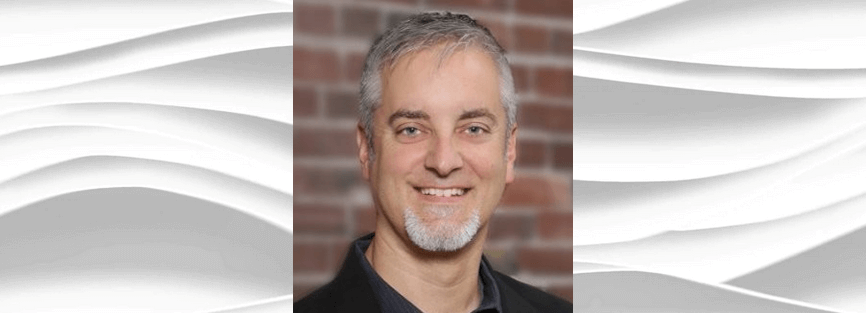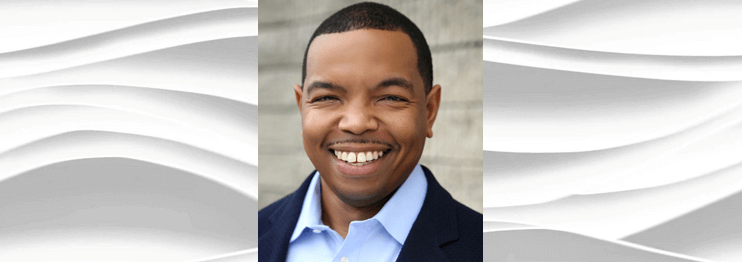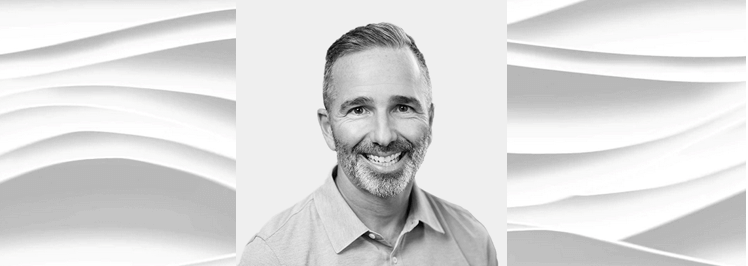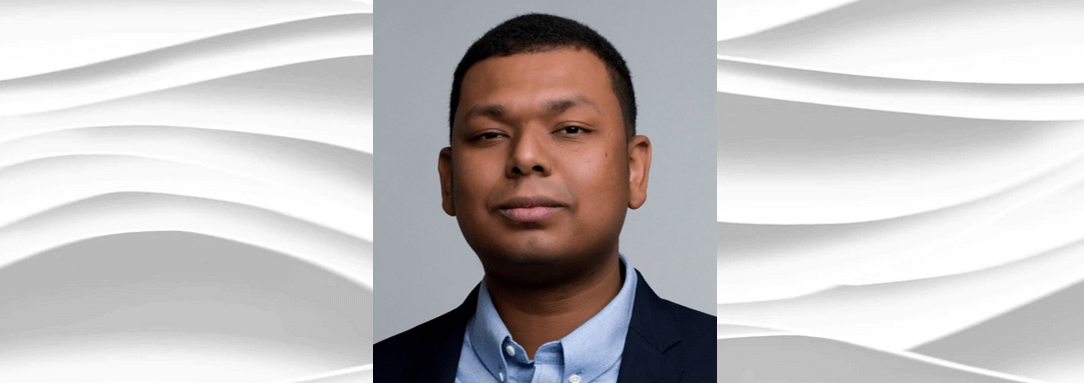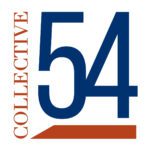Productizing a service seems scary and many Founders of service firms do not know where to start. As soon as you have decided to capitalize on it, productizing your service can lead to fast growth and large scale. On this episode, Nish Parikh, CEO at Rangam Consultants, funneled cash from his staffing firm into the development of a product called Talent Arbor. As a result of this innovation, Nish is helping those on the Autism spectrum build rewarding careers. Join Nish and hear how leading with empathy drives innovation and impact.
TRANSCRIPT
Greg Alexander [00:00:15] Welcome to the Pro Serv Podcast with Collective 54, a podcast from leaders of thriving boutique professional services firms. For those that might not be familiar with us, Collective 54 is the first mastermind community dedicated to the specific and unique needs of leaders of boutique professional services firms. My name is Greg Alexander. I’m the founder and I’m going to be your host today. On this episode, we’re going to talk about productizing a service and how by doing so, you can accelerate your growth rate and accelerate the pace of scale. And we have a great role model with us who is someone who just did this. His name is Nish Parikh. And Nish, welcome to the show and would you please introduce yourself to everybody?
Nish Parikh [00:01:04] Sure. Thanks, Greg! Nish Parikh, I’m co-founder and CEO of Rangam Consultants. We are a workforce solution company with the expertise in the DEI space where we are helping companies build, scale up, and manage their disability hiring programs and neurodiversity programs.
Greg Alexander [00:01:28] Okay, very good. So today we’re going to talk about how you just productize a service and you created this thing called Talent Arbor. And let’s start with just briefly. What is it? Please.
Nish Parikh [00:01:45] So Talent Arbor is a tech-enabled workforce solution for companies with interest in bringing in holistic talent. Talent with all abilities. And this platform is helping companies identify the jobs for this type and job in different roles to manage the complete end-to-end program when it comes to hiring people with a disability or people of neurodiversity talent.
Greg Alexander [00:02:21] Okay, now you ran your company for many years successfully without this product or a product, I might say. So why now? Why did you decide to productize your service now?
Nish Parikh [00:02:39] What we have experienced. There are two two components or there are two needs. We saw about two years ago. One is managing our services. When we are serving our customers with neuro-typical candidates and neuro-diverse candidate, we were managing in two different platforms, two different applications, two different processes. So I saw it first-hand and we said, How do we manage this? The back end of our services, utilizing a product, one platform. And then our customers started asking if they can do certain things, which was part of our platform. And that’s when this whole idea of productization started. And then in recent, during COVID time, we saw another opportunity where self-service model in this particular space is becoming more and more, you know, adaptable, are, you know, successful. So that’s another reason we said how do we take what we have built and build a cookie cutter kind of a model where we can replicate this and offer this services as a cost effective solution to our customers?
Greg Alexander [00:04:04] Fantastic. So for listeners out there, this is a very typical journey towards productization. It starts with you’re performing a service for a client. You want to do it more efficiently. So you tech-automate your service delivery, deliverable delivery, excuse me, tech-automate your service delivery. And that’s a tool that you use internally to perform the work. And that alone can significantly improve scalability and, quite frankly, profitability. Then very often you then make that platform after it’s built available to clients and they start using it either in exactly the same way or slightly different ways, and then it opens up new revenue streams. In this case, the self-service revenue stream. And then that is almost another multiplier of scalability. So this is why it’s it’s such an effective way to scale a professional services firm whenever you can automate. Now, a lot of people that may be listening to this are going to say, Yeah, I get it, but I don’t know how to do this. So I’m assuming at one point in your journey you didn’t know how to do it. So how did you get started and how did you pull it off?
Nish Parikh [00:05:12] Yeah, So we started we, we brought this whole process of cost productization into two parts. One is our team facing functionality. How do we first build that base so that we can we can serve our customers in a cost-effective way. So once we solved that problem, then the real process of productization started. So in that process, what we consider we created a one-year roadmap. And our first launching pad was something where customers were asking us for this particular type of activity every single day when they start the program. And so we identify those couple of activities and we we created the model for that. And now we have started chatting and offering these services as an add-on to existing services. So we have taken this multi-phased approach. So as we are building, we are going to go to the market and enhancing our existing services with our existing customers. But with the goal to offer these services as a brand new services to new customer. Once the complete platform is ready.
Greg Alexander [00:06:36] Okay. Now productizing the service is expensive. And it’s risky. So therefore, especially if you haven’t done it before, it’s. It takes courage to do that. So how did you muster up the courage to go down this path?
Nish Parikh [00:06:58] So in my. Entrepreneurial life I how I’ve been. Pretty unsuccessful. Couple of times in. So the courage was always doing that. And no matter what, because I’m going to fail, I’m going to take it. But the difference between all my earlier ventures where I have failed. I went a little bit out of the scope, out of my core business. So my first product was e-commerce product, which is completely different than staffing. Then my second product was on the education side, special education, which is kind of related to staffing and employment. But the benefit that this particular product, I see that what we are selling to our customers, our core customers, sixty customers, they are looking for this solution. So this particular fit is or this particular productization projects as compared to my previous. So that’s that’s how I see it, that there is the higher possibility of success.
Greg Alexander [00:08:09] Just a great reminder, you know, stick to your knitting, you know, stick inside your circle of competence, you know, and if your customers are asking you for something, listen to them. Build them what they want and they’ll probably buy it. You know, it’s just just great advice. You know, I think some of our members don’t understand the term neurodiversity, which I know is how you’re building your firm and it’s your passion and your mission. Would you mind explaining what that means?
Nish Parikh [00:08:35] You know, we all have way to do things. This is very simple. This is how I have a learning experience. Neurodiversity is when we bring in the workforce who has the building ability to think out of the box. We are all influenced by so many things, but neurodiverse is like considered individuals on the autism spectrum or ADHD. ADHD is also. And then there are a lot of other mental I would not call it disorders, but you know, we call mental conditions where these individuals, they think differently, they see the world differently. And that’s the beauty of neurodiversity.
Greg Alexander [00:09:26] Okay. And you’re helping companies place neurodiverse people into jobs in their company said, I understand that correctly.
Nish Parikh [00:09:37] Yeah, that’s like blitzing is only one piece because this is where a lot of people they. Because hiring people with disability or autism or neurodiverse is not new sustaining. That’s what I always say. We help companies sustain this talent and so that they are successful. That’s what we really do.
Greg Alexander [00:09:56] Okay. And this Talent Arbor system along with your other services, is is managing the lifecycle of that employee. So it’s not just placing it, but making sure they’re successful, you know, throughout their career.
Nish Parikh [00:10:11] That’s right. That’s right. It starts with identifying the right job. Okay. Using AI and machine learning, to setting up those trainings, capturing those checkpoints, onboarding the candidates, and then most importantly, sustaining them in one-connected as the one-connected community.
Greg Alexander [00:10:32] Okay, very good. So that was helpful to understand the context of our story of prioritization today. Just a couple more questions for you. The other obstacle that founders run into is they say, Yes, I understand I need to do this, but I’m already too busy. And productization is a big project. I don’t have time for this. And when I look internal to my team, you know, maybe everybody else is just as busy as me. Or maybe, you know, if there is extra capacity, you know, they’re not skilled in, you know, turning a service into a product. So how did you find the time to do this?
Nish Parikh [00:11:10] Yeah. So in our case, we were we were fortunate that one part of the team was already serving. Our internal tech team was already working on building this innovative thing, which was helping us compete with other competitors. So that was already there and that development expertise was there. So I would say we were fortunate to have that one core competency built in in the organization.
Greg Alexander [00:11:42] Okay.
Nish Parikh [00:11:43] And then then second is the second step is then allocate some additional resources to take that product to the next level. And one of the other very important thing, which we we did was we kind of mandated or kind of everyone contributed there 5 to 10% of their time in building this solution. So we created a dedicated innovation team and who met on a weekly basis to all the subject matter experts within the organization. They come to this call, they look at what we are building, and they provided their feedback. So it was a collaborative effort and that’s how we’re kind of building this the next towards the end of this platform.
Greg Alexander [00:12:34] Okay. So I understand how you’re investing kind of non billable hours is 5 to 10% into the building of the product. I’m also assuming that you were probably taking profits generated from the service business and funneling that into this prioritization. Is that correct?
Nish Parikh [00:12:51] Absolutely. So we are using our free cash flow and we are reinvesting into additional resources to take the product to. Yeah. Okay.
Greg Alexander [00:13:01] So were you able to fund the entire the entire development effort from the free cash flow from the service business?
Nish Parikh [00:13:08] Yes, that’s what we have done so far. But we are out in the market kind of looking for external. It’s not enough to to expedite because time is, as you know, great. And we want to go to the market as quick as possible. So.
Greg Alexander [00:13:25] Well, good luck with that. I know it’s not a friendly funding fundraising environment at the moment, but hopefully things will get better here. So, listeners, this is an important thing. So, you know, he had a choice to make. You know, the service business was thrown off free cash flow and he could either stick in his bank account and take some trips and buy some cars and things like that, or he could reinvest it back into the business to try to, you know, accelerate scale and grow. And that’s what he did. And you’re able to do this at least a version of it, by using your existing free cash flow. And there’s lots of advantages. Topic for another day to do that. My point in saying this is that it’s not impossible. It’s very doable. It’s not like you don’t have to go raise $100 million to go do this. I mean, you’re not a software company that needs venture capital money. You’re trying to tech automate, which is a different scope altogether. So the money and the time is there. And I want you to encourage you to try to make it happen. All right. Well, listen, we’re at our time window here, but I want to. For all the members, on behalf of all the members, I want to thank you for being with us today and tell us a little bit about your story. It’s a great, tangible example of how a service company has productized and the journey that you went on, and I wish you the best of luck with Talent Arbor.
Nish Parikh [00:14:44] Thank you so much. Thank you, Greg.
Greg Alexander [00:14:47] Okay. A couple of call, two actions for the group. So if you’re a member and you’re listening to this, be sure to attend the Friday Q&A session that we’ll have with Nish to talk more about this. That’s an hour long session. You’ll be able to ask questions directly of him and they’ll be a wonderful learning opportunity. Also, if you’re participating in the new e-learning products that we’ve come up with that support, the two books, The Boutique in the Front, A Bottleneck within the Boutique Companion course is a couple of tools I might direct your attention to. So the first one is a vision templates. So clearly Niche had a vision for what he wanted to do. So you need a vision to figure out where you want to go with your prioritization efforts. And then you double click on that. And there’s another template called the Service Roadmap template. So those two things might help you get your thoughts organized. And I wanted to direct you to those. If you’re not a member and you’re listening to this podcast in the public domain. You want to consider joining, go to Collective54.com. That’s obvious. Fill out a contact us form and somebody will get in contact with you. However, if you’re not ready to join but you want some more contact, you can subscribe to Collective 54 Insights and you’ll get three things on Monday. You’ll get a blog, on Wednesday you’ll get a podcast, and on Friday you get a chart. And it’s a good way to educate yourself further on these topics. And maybe that’s a way to get started in the pathway towards membership. Okay, So thanks for listening. This was a great episode and until next time, I wish you the best of luck as you try to grow, scale and exit your service for.





